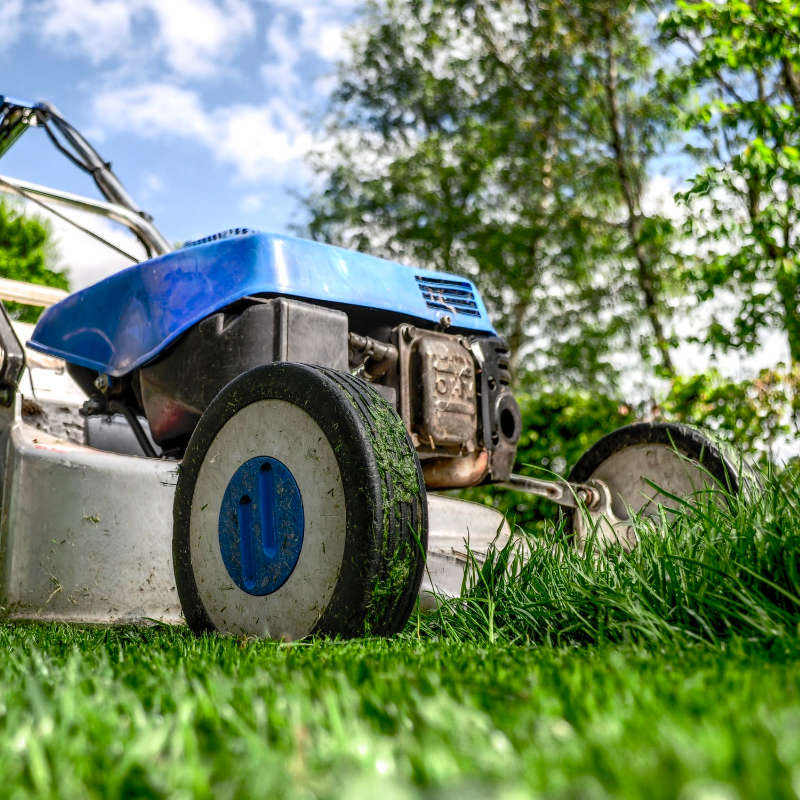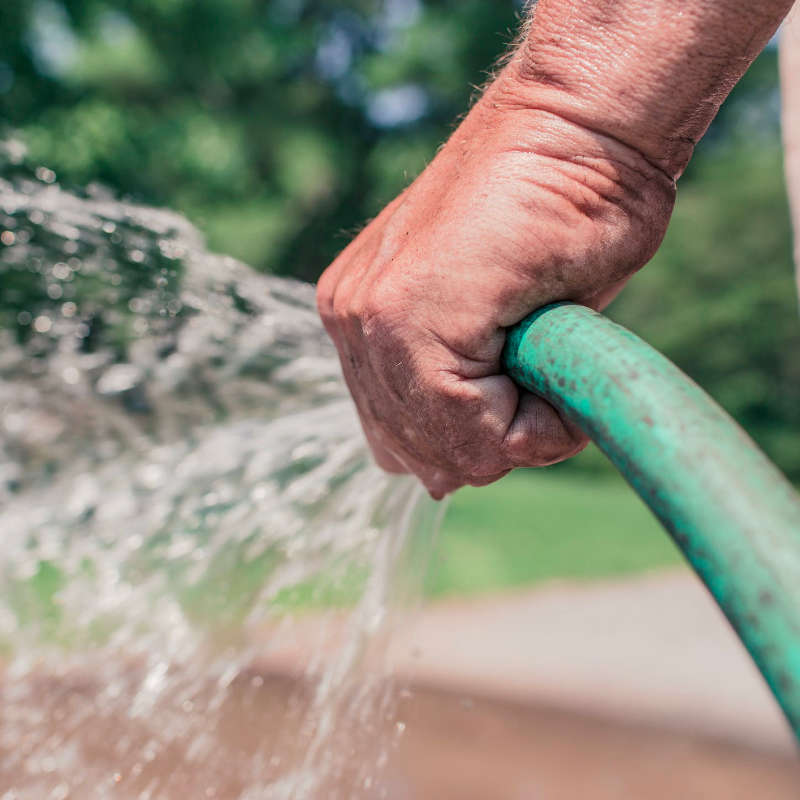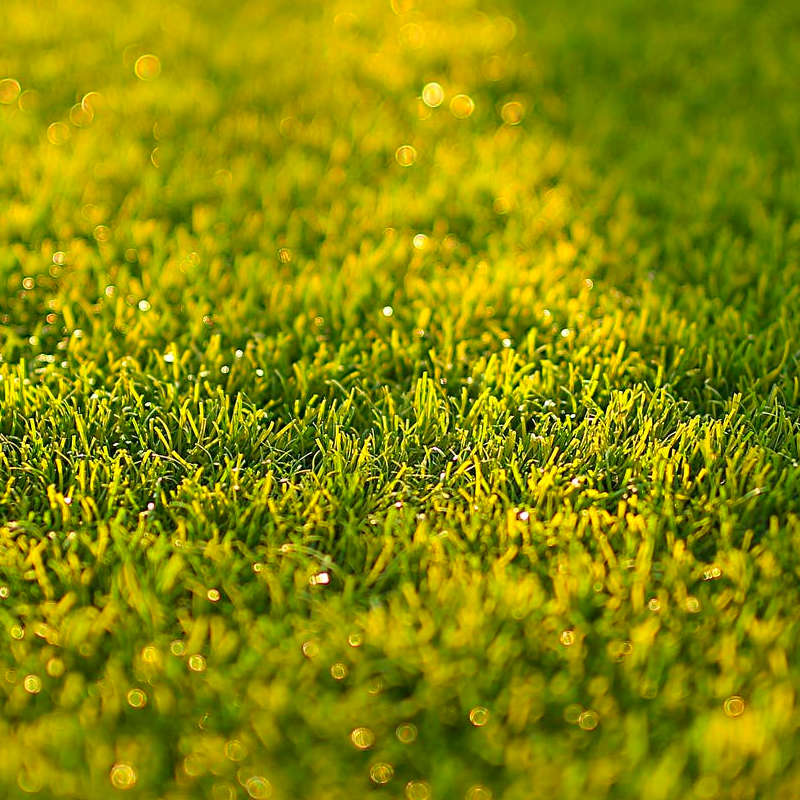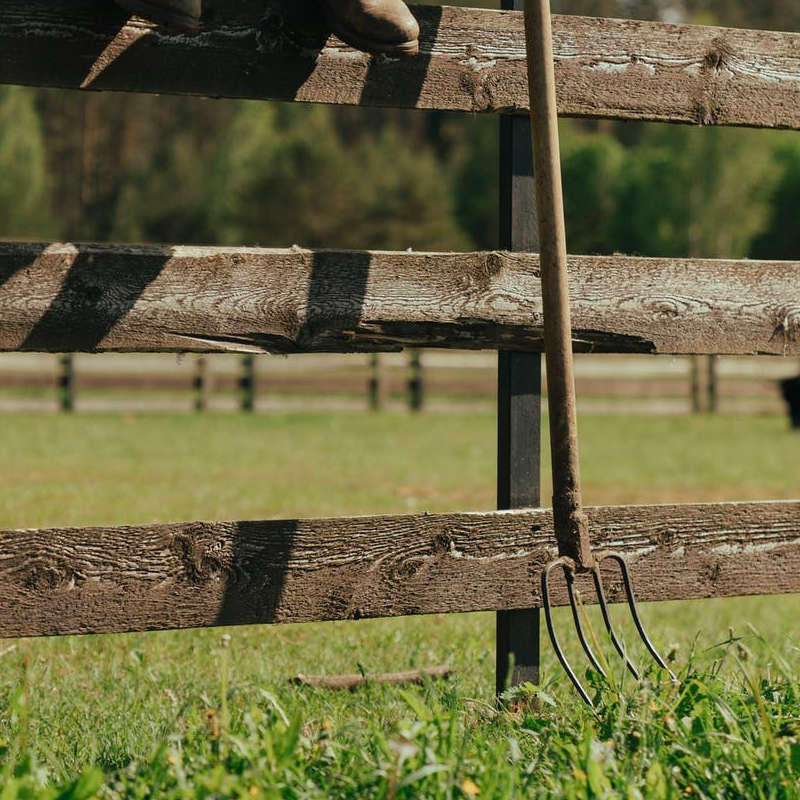Lawn Care
Here, we have compiled some extremely helpful tips derived from expert opinion and practical experience to help you optimise your lawn care habits.
Mowing
Proper mowing habits will keep your lawn looking and feeling its best. That is why it is equally as important for you to look after your lawn mower as well. Keep it clean, the blades sharp, and the engine in top shape.
The goal when choosing the best time to mow is to minimise lawn stress, which is why you should do it either in the morning or in the afternoon.
Do not go overboard with the cutting and allow the grass to retain some length so it can grow back.
Watering
An important aspect of feeding your lawn properly is to understand when to water it and how much to water it. As a general rule, make sure to not water your lawn at night or right after mowing.
In fact, the best time to water is in the morning.
It is also good to remember that the grass in your lawn is capable of surviving hot and dry climates and it does not need water constantly. That is why you should invest in a timed sprinkler.
Fertilisation
Fertilisation is necessary for a well fed and maintained lawn. The best routine would be to mow your lawn and fertilise it two to three days later without watering it beforehand.
Make sure to clean the area and remove the dead material before you add the fertiliser.
Your fertiliser will most likely come with instructions to reap the ideal results and it is best to stick to them.
Regardless of what kind you use, remember to spread it out evenly across the soil with the help of a spreader.




